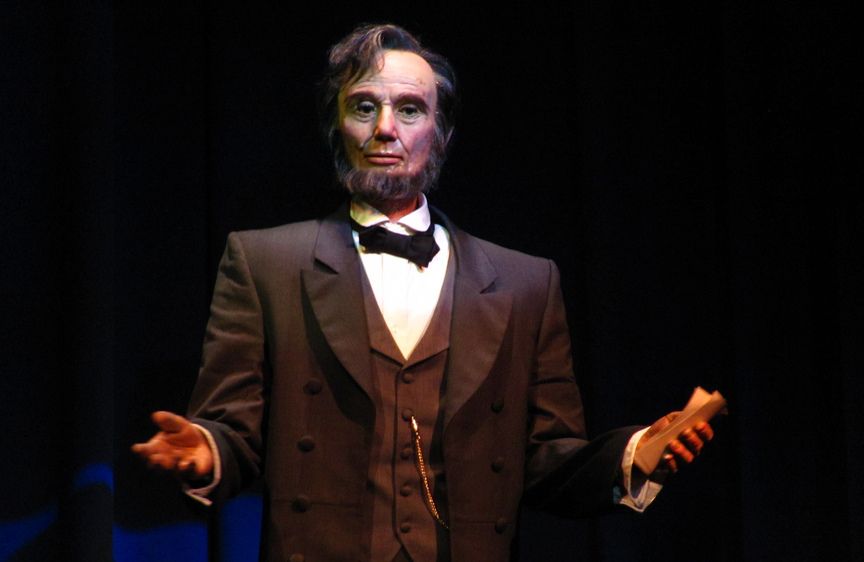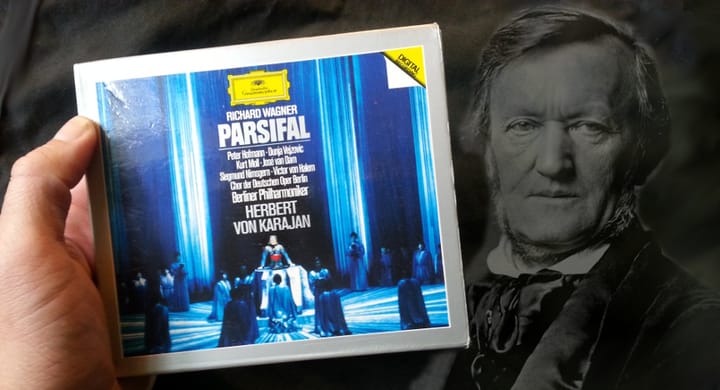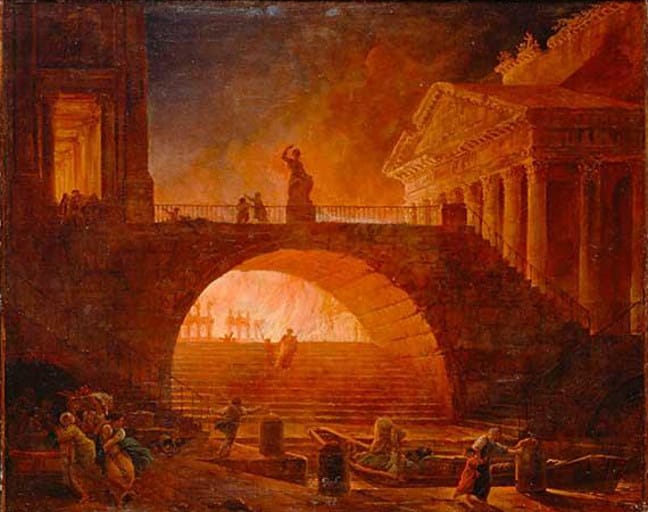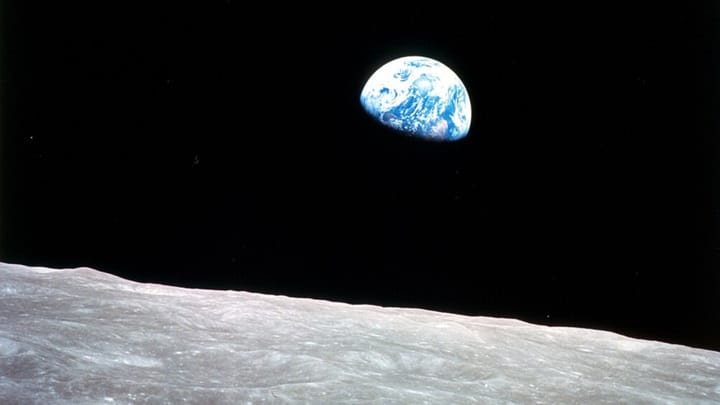The malleable past: How easy is it to "fake" history?
Denial of certain historical facts--usually motivated by conspiracy theory--involves a misconception of what history is and how it works.

On the previous incarnation of my history blog, I once did an article about the Rape of Nanking, the horrific orgy of violence visited upon the Nationalist Chinese capital when Japanese troops took it over in December 1937. I received a comment that I did not let through the moderation queue. The comment, very short, questioned: "But did Nanking really happen? Or is this Chinese propaganda?!" I chose not to approve the comment because it was not productive or germane to the real issues in that article, and I also did not want to enter into a pointless debate with the commenter on the existence of an indubitably true historical fact—one which the tone of the comment led me to believe the person who made it does not believe. That was far from the first or most prominent example where I've heard basic historical facts that I present in my work questioned or even flat-out denied. Since my YouTube channel became popular in July 2023, I've received countless comments, and even emails and other communications, disputing the very existence of basic historical facts, some accusing me of willful participation in various historical cover-ups. It's disturbing the degree to which history, in the popular consciousness, has been poisoned by conspiracy theory, which is at the root of claims about "fake" history.
The truth is, though it's quite easy to misconstrue, misinterpret or draw the wrong conclusions from a real historical event, it's actually very hard to flat-out fake a historical event, especially a major one. Historical events, especially ones in modern history, leave considerable and often overwhelming evidence in their wake. For the Nanking massacres, which happened 86 years ago, there are voluminous eyewitness accounts from people of many nations, not just Chinese, but also Americans, Britons, Germans, and the Japanese themselves. (There was an international settlement in Nanking at the time). There are also photographs, newsreels, newspaper accounts filed from the scene and nearby, military reports and government documents. In the gruesome case of the Nanking affair there was plenty of human and environmental evidence. At least 200,000 civilians were murdered. Their bodies lay strewn around Nanking and surrounding areas. Rivers ran red with blood. The effort it would take to manufacture all of this evidence, if the Nanking massacres did not really happen, is so staggering as to be impossible.


